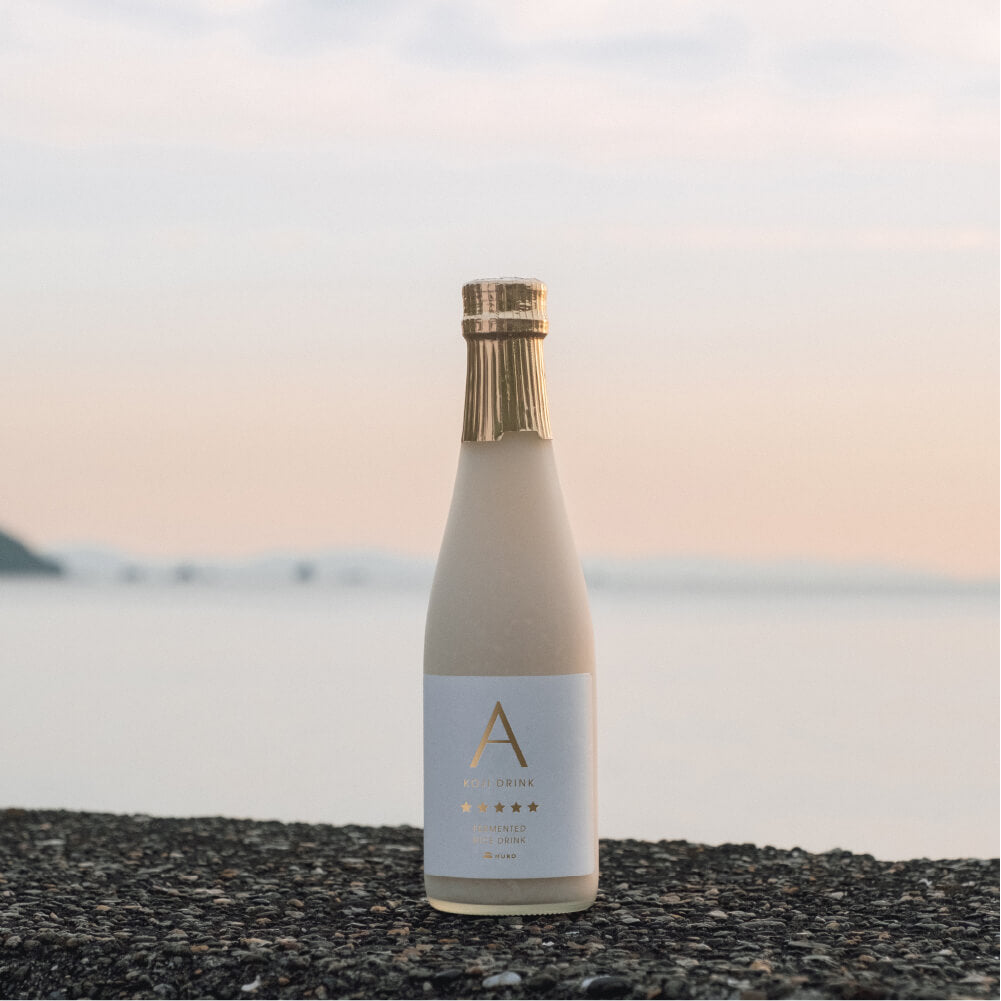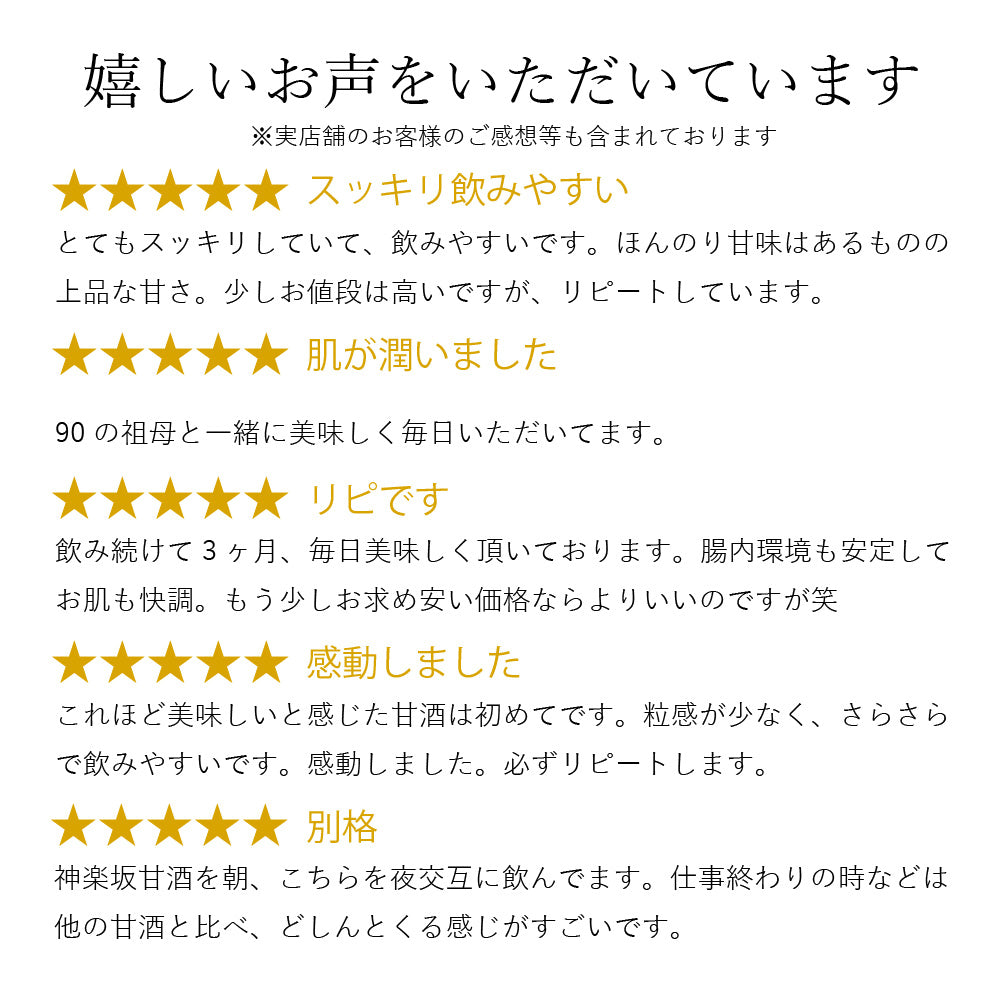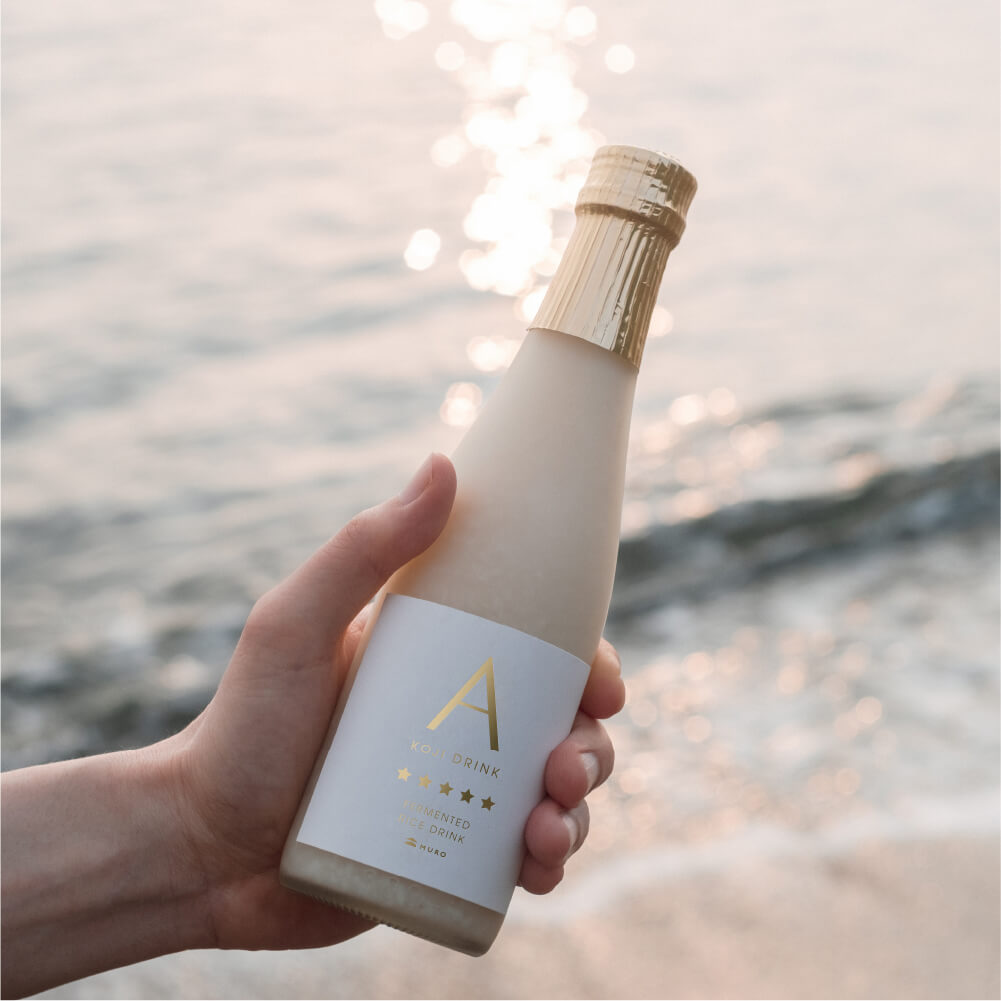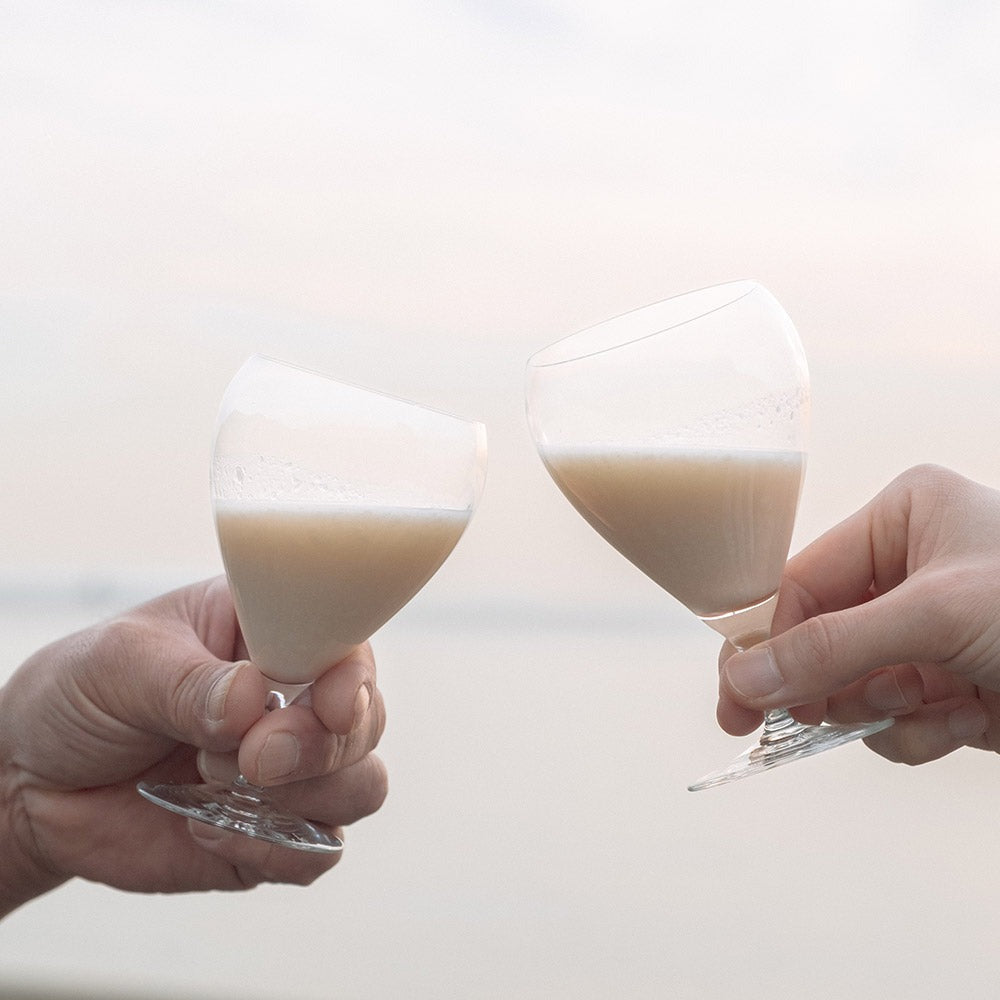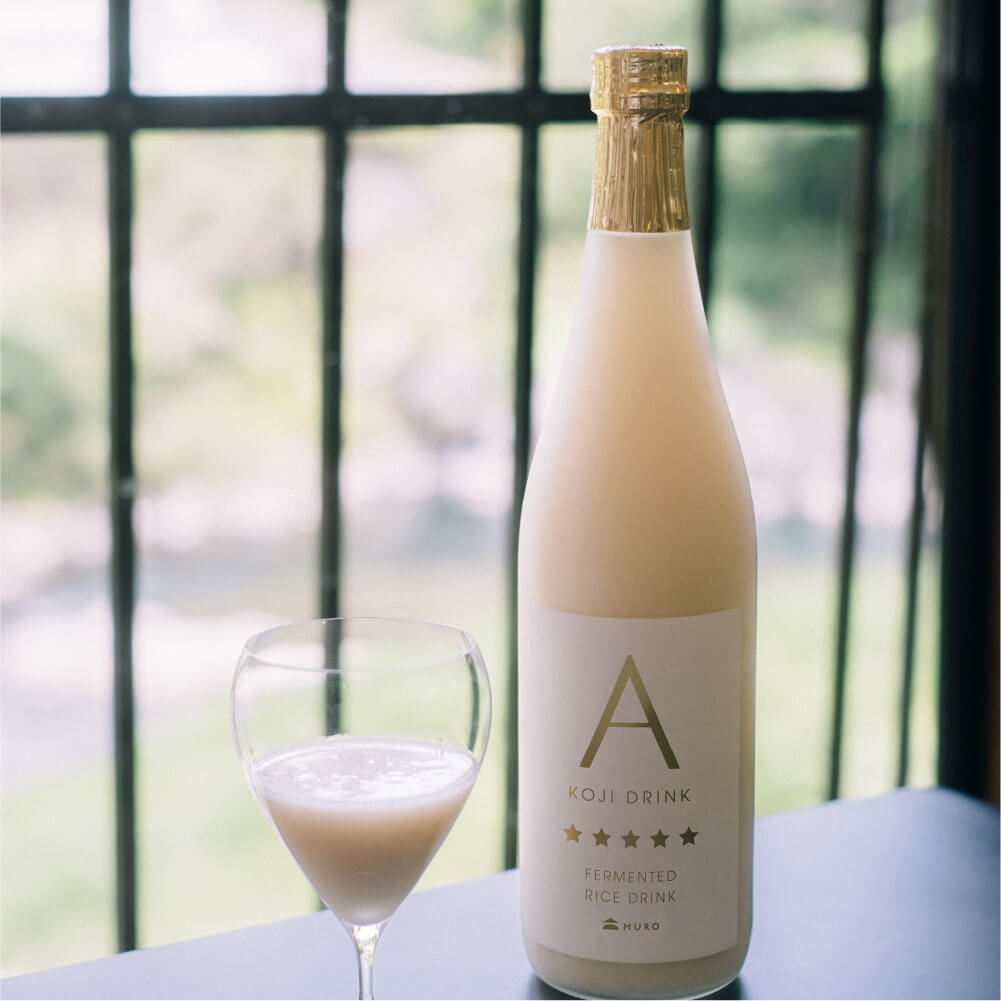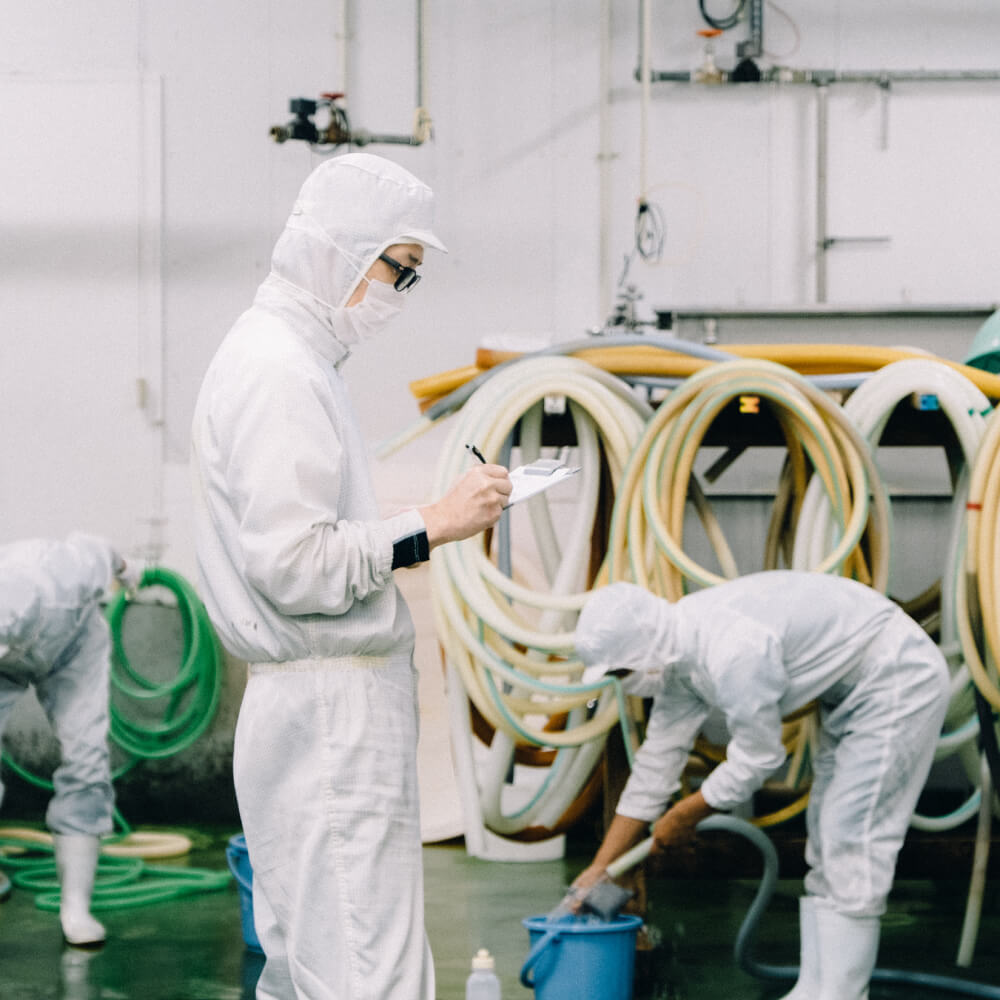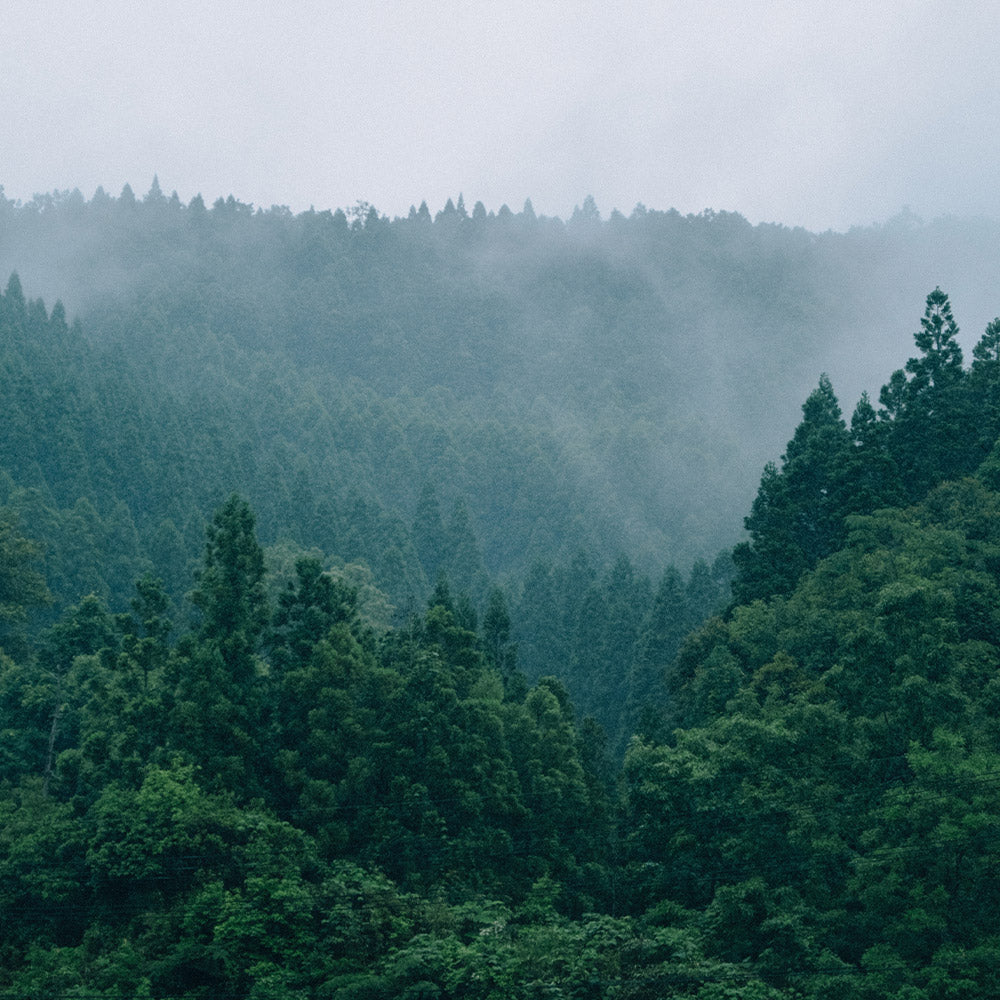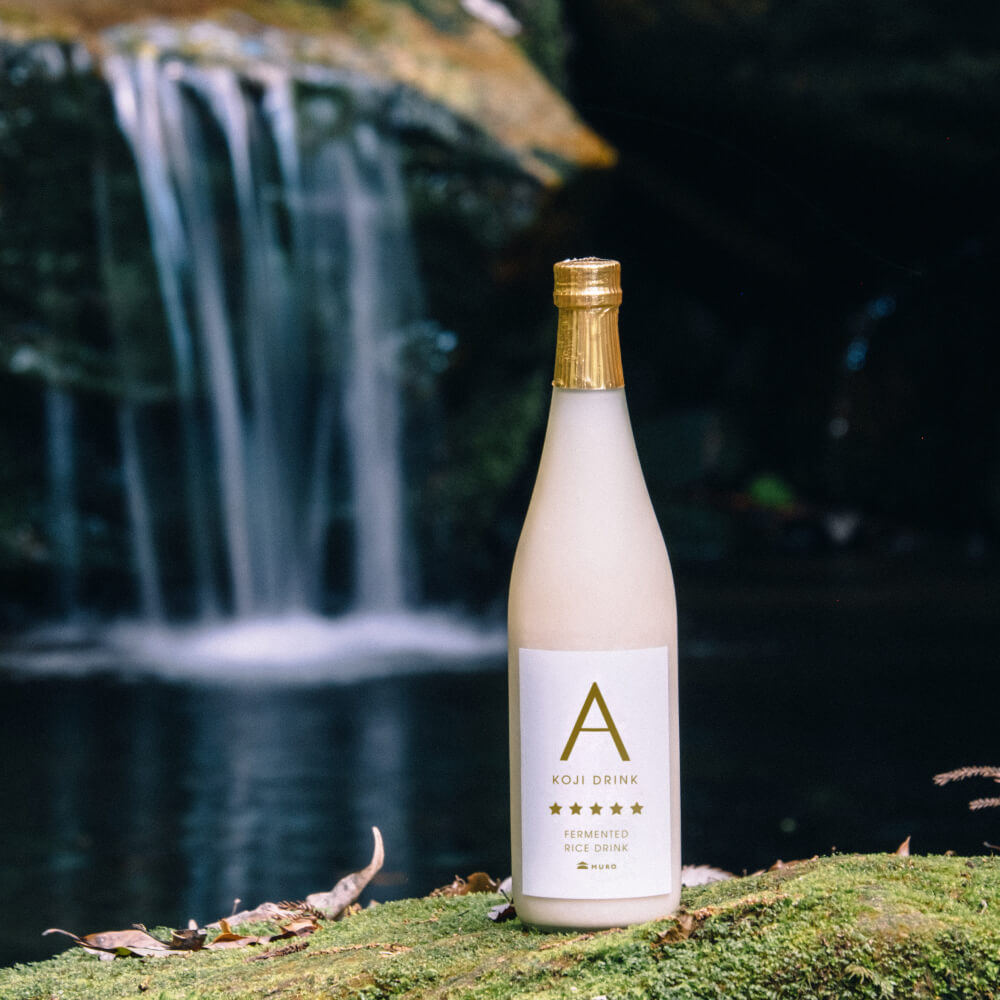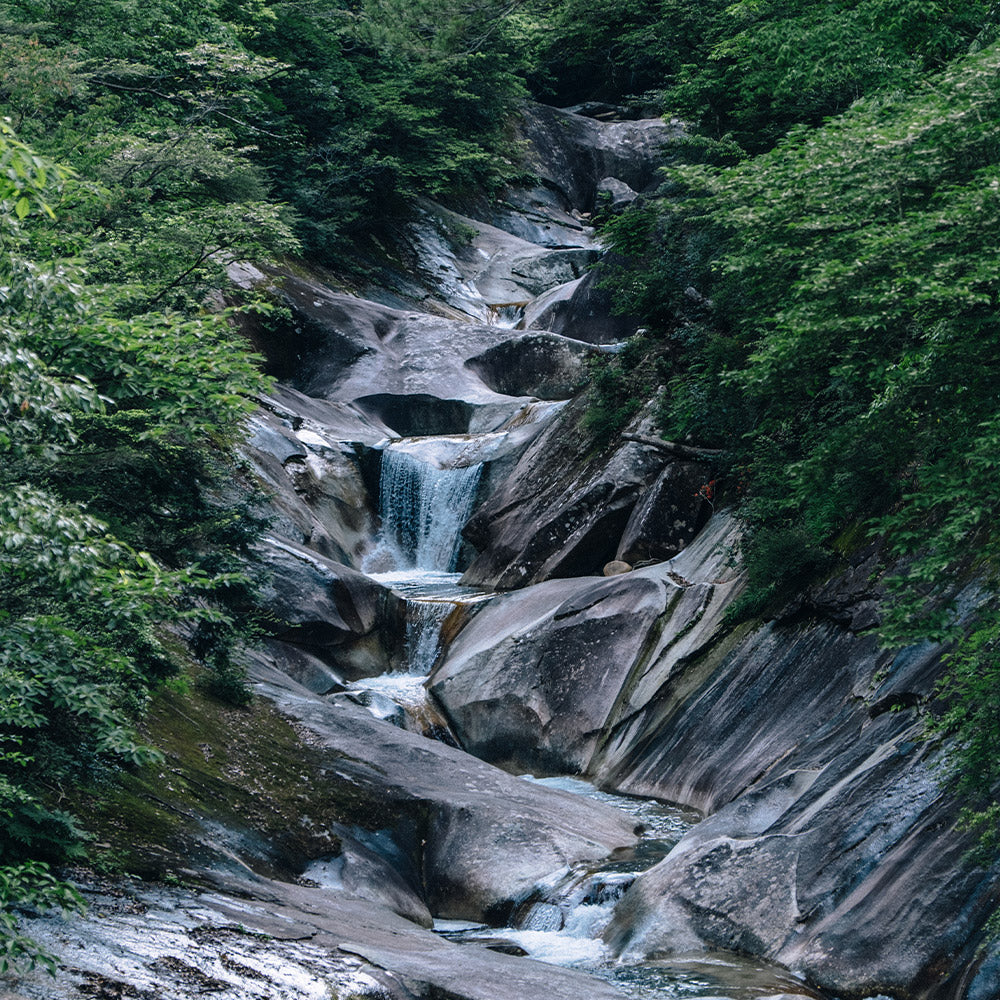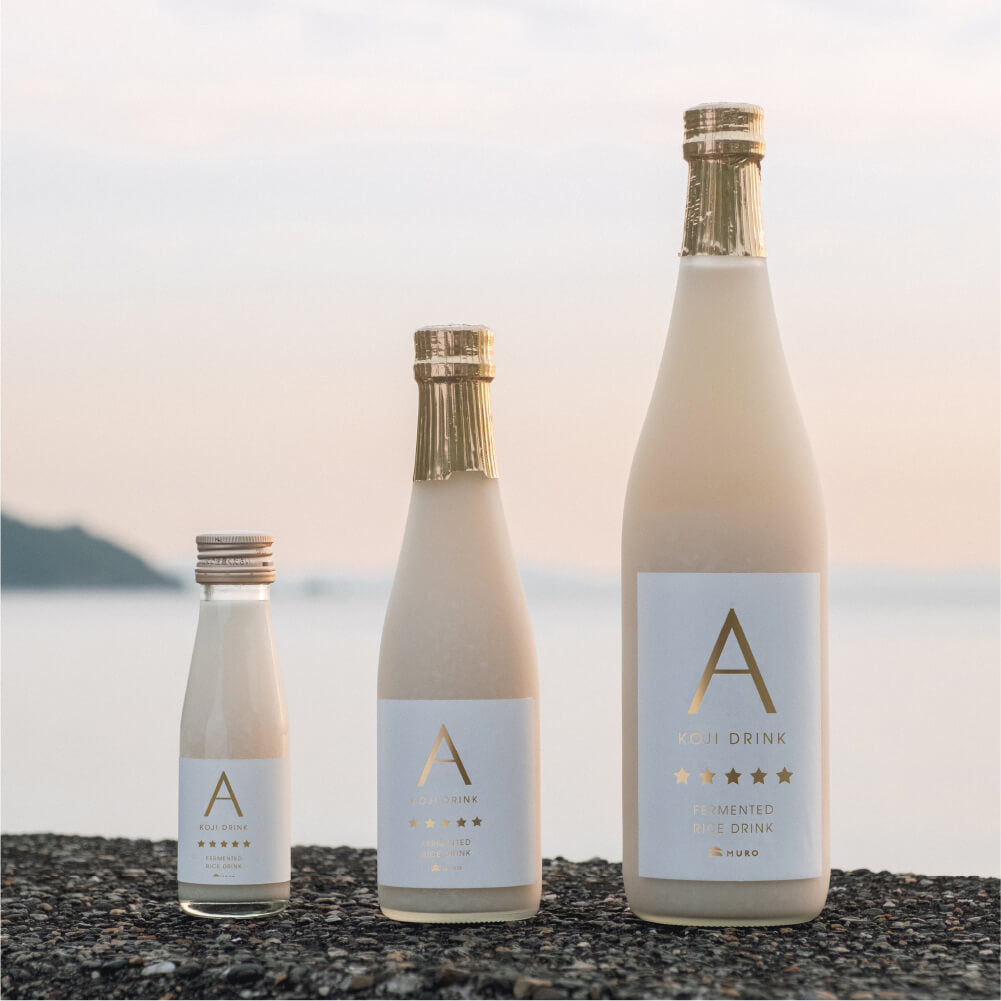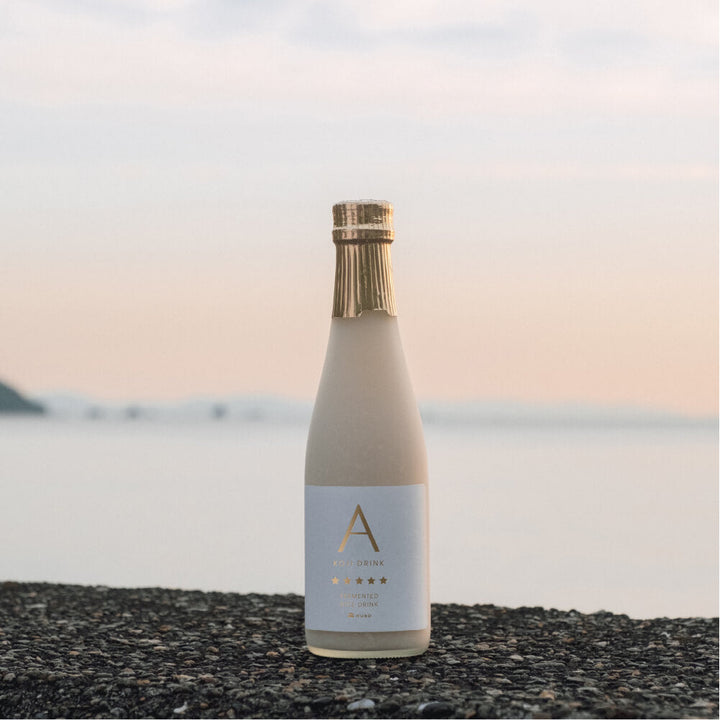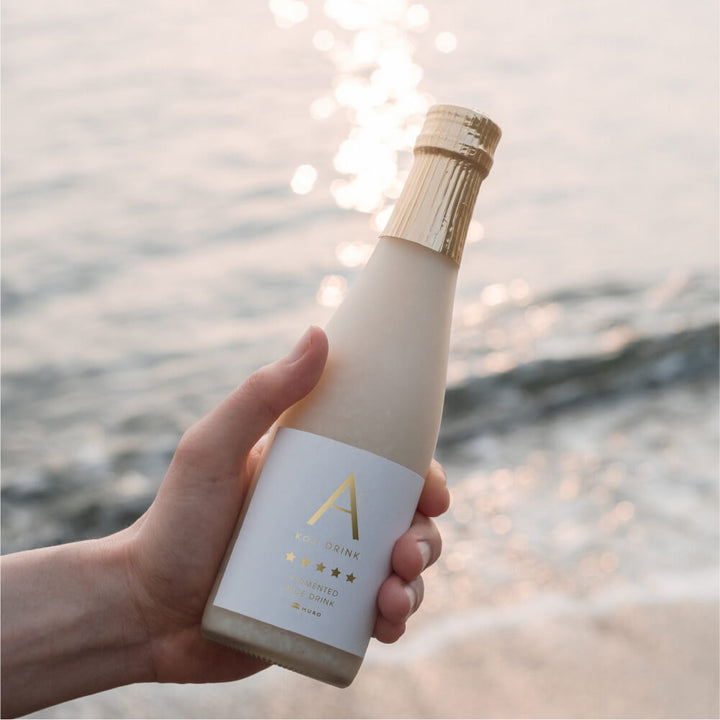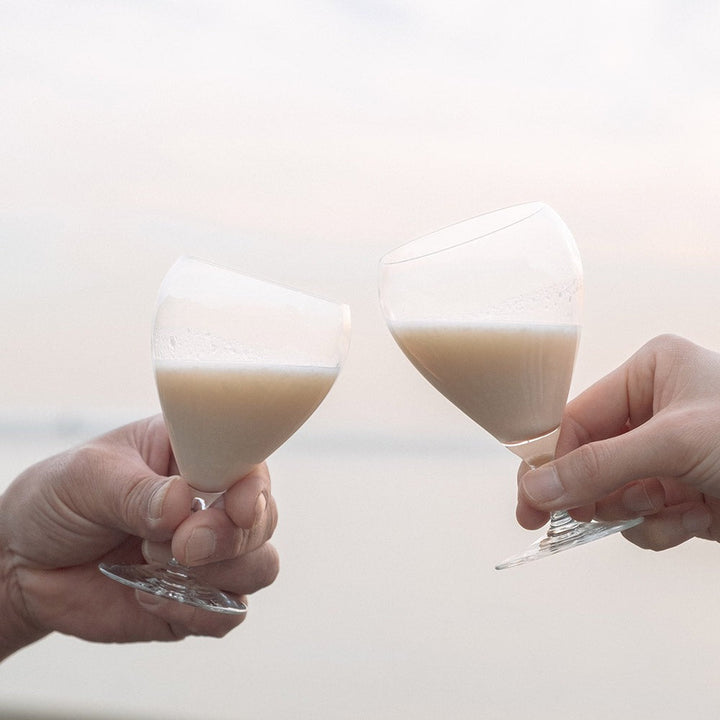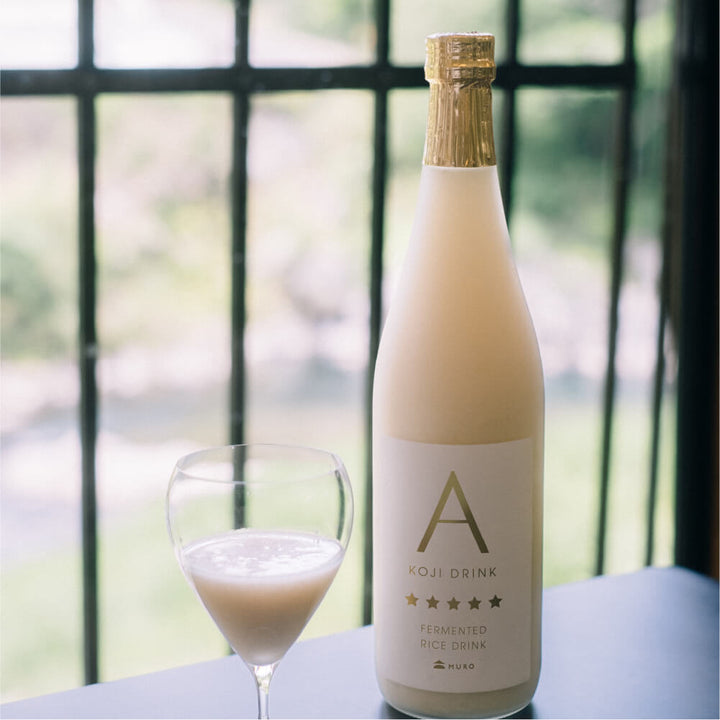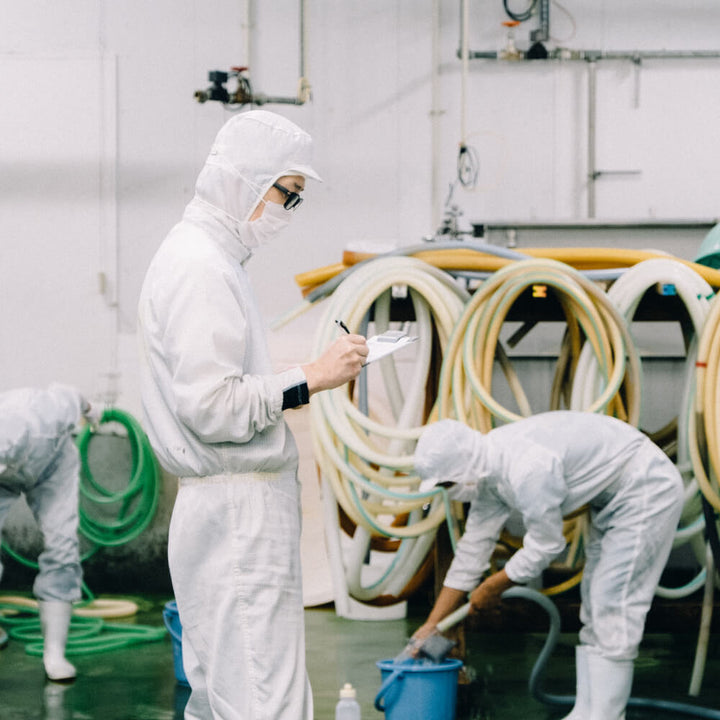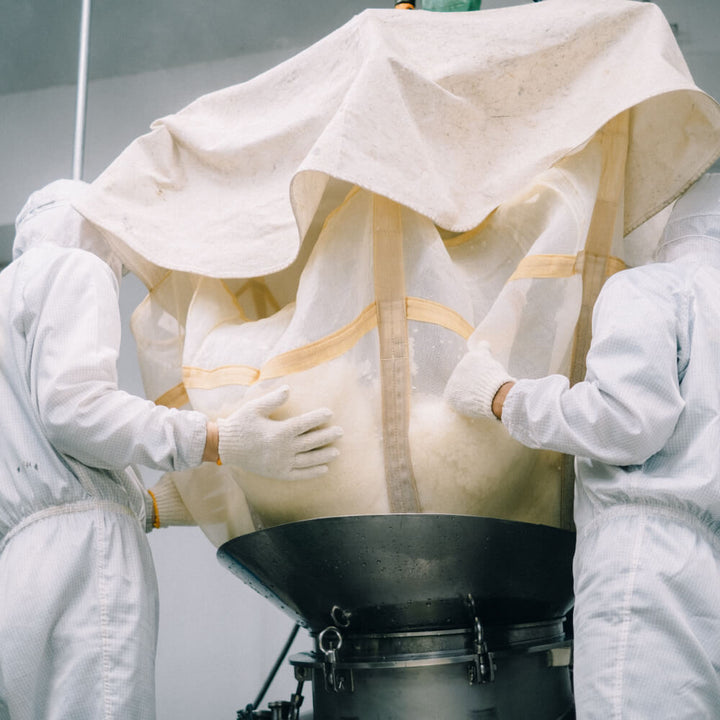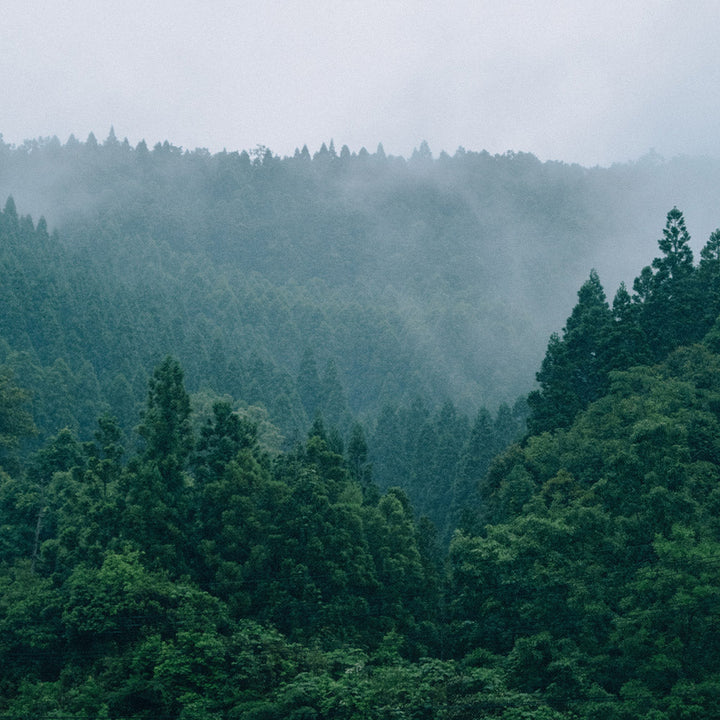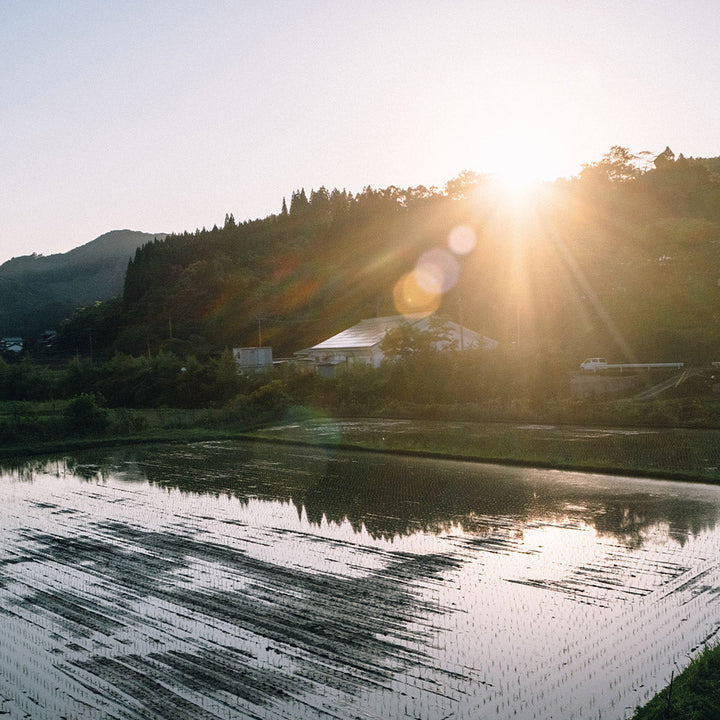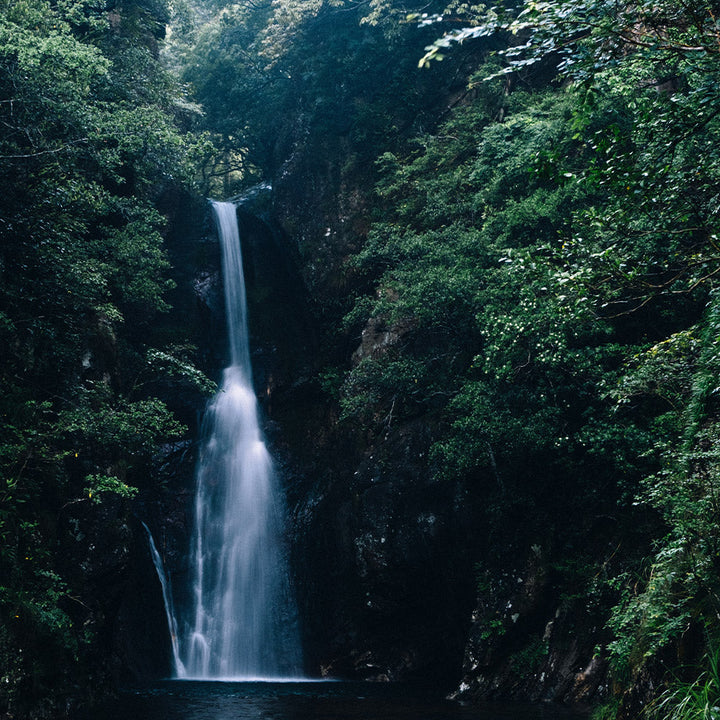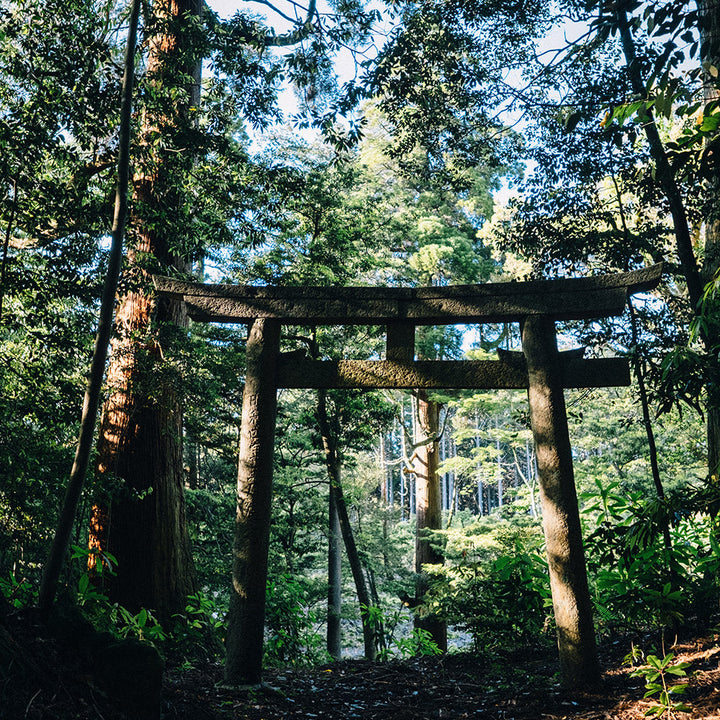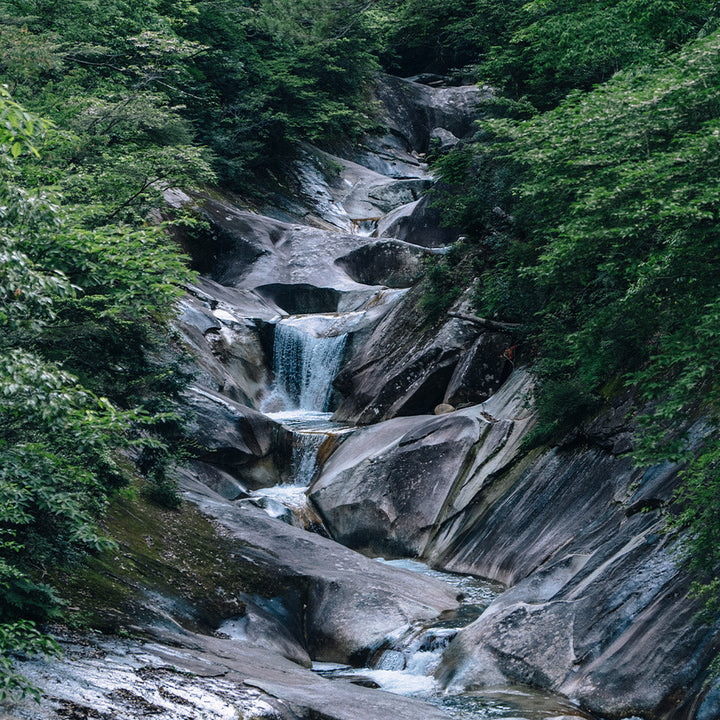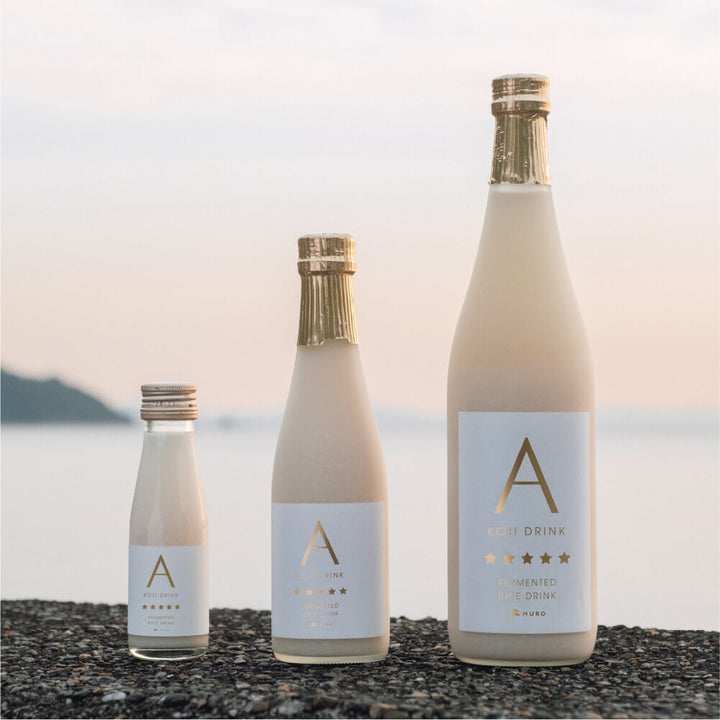-
Birth of Amasake boasting the highest level of fermented beverages
Under the clear blue sky, at the foot of a mountain rich in nature, where crystal clear water flows, koji flowers bear fruit. This is the “ultimate amazake made from rice malt”, which was created after 6 years from conception in collaboration with professionals who are familiar with amazake.
The 300ml size is suitable for two people to drink. Even if you drink it alone, it is enough for 2-3 days. It is ideal to drink for a change of mood such as casual free time or relaxing time. 
-
This is a new type of amazake made with rice malt.
"Amasake" does not have the image of a sweet sake with a strong presence and a firm graininess, but it has a smooth mouthfeel and a light graininess. We have created a new type of rice malt amazake that anyone can enjoy, with a refreshing taste and a refined sweetness and full-bodied taste.

-
5 star drink.
★Healthy resistant protein (*1) is about 6 times (*2) richer than the average amazake on the market
★Delicious Mellow taste and refreshing aftertaste
★Professional Sake Brewery x University x Amazake Specialty Store Developed
★ Designed and marketed with a refined taste and appearance
★Precious
*1 Resistant protein serves as useful food for good bacteria in the intestine *2 Research by Kanazawa Institute of Technology 
-
Thoughts put into A
A, representing Amazake Amasake, which is starting to attract attention around the world.
A of Aspergillus Oryzae (Aspergillus oryzae), the leading role in the shadow of fermented food and amazake.
It is used to make fermented food and beverages such as soy sauce, miso, sake, shochu, mirin, amazake, etc. Aspergillus oryzae is certified as Japan's "national fungus".
The main ingredient of Amasake is rice koji, which is produced by aspergillus oryzae and rice. 
-
Beneficial for bacterial activity and intestinal activity
<Bacteria> Rice koji amazake A amasake is made by pickling rice koji mold "Aspergillus oryzae" (Aspergillus oryzae), which is "Japan's national fungus", in carefully selected rice.
<Intestinal activity> Rice koji amazake A amasake contains about 6 times more indigestible protein "Resistant Protein" (RP) than commercially available amazake, which is beneficial for intestinal activity. 
-
What is "Resistant Protein" (RP)?
“Resistant protein” (hereafter RP) is an indigestible protein contained in rice, sake lees, etc.
Normally, proteins are degraded in the stomach when they enter the body, but this RP is not degraded and moves to the small intestine to prepare the intestinal environment.
Research by Kenji Ozeki, a professor at Kanazawa Institute of Technology and one of the co-developers, revealed that amazake on the market contains RP.
Amasake contains a high RP value that is about 6 times the market average amazake (compared to the Kanazawa Institute of Technology survey). 
-
Content comparison of resistant protein (RP)
Rice koji amazake Amasake contains about 6 times more resistant protein (RP) than commercially available amazake.
60% to 70% of human immune cells reside in the gut. By taking RP, you can expect to improve your immunity.
*1 Source: Journal of Brewing Society of Japan, Vol. 116, pp. 719-723 (2021) "Measurement of the amount of prolamin, which is a resistant protein in commercially available amazake," Masaya Takahashi and Kenji Ozeki (Biotechnology Research Institute, Kanazawa Institute of Technology) *2 Source: Journal of the Brewing Society of Japan, Vol. 117, pp. 627-634 (2022) "Functional Analysis of Resistant Protein in Amazake" Kenji Ozeki (Biotechnology Research Institute, Kanazawa Institute of Technology)
* Quantitative measurement results (before mass production) in joint development with Kanazawa Institute of Technology 
4 Health and Beauty Benefits in Resistant Protein (RP)
-
lower cholesterol in a healthy way
RRP catches lipids and oils contained in the food you eat in the small intestine. There is a work to carry out the body to wrap up bad cholesterol. You can expect a reduction in bad cholesterol.


